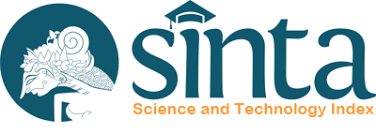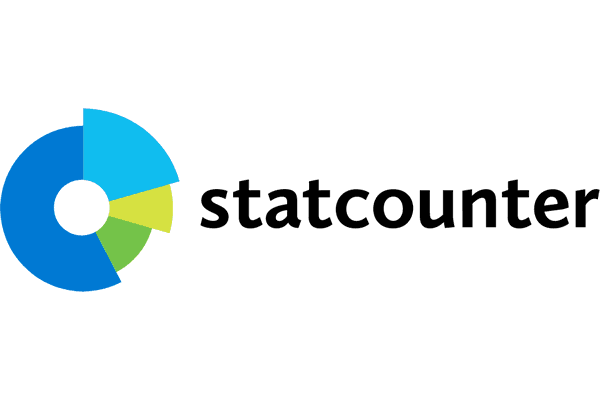PREDIKSI GANGGUAN PANIK MENGGUNAKAN KNOWLEDGE DISCOVERY IN DATABASE DENGAN ALGORITMA GRADIENT BOOSTING
Abstract
Keywords
Full Text:
PDFReferences
K. Vitoasmara, F. V. Hidayah, N. I. Purnamasari, R. Y. Aprillia, dan L. D. Dewi A., “Gangguan Mental (Mental Disorders),” Student Research Journal, vol. 2, no. 3, pp. 57–68, Jun. 2024,
A. A. G. A. D. A. P. Putra et al., “Generalized Anxiety Disorder (GAD): A Literature Review,” Jurnal Biologi Tropis, vol. 24, no. 1b, pp. 697–703, 2024
T. Anjarsari, I. R. I. Astutik, dan U. Indahyanti, “Deteksi Dini Gangguan Kecemasan Menggunakan Metode Naïve Bayes,” JIPI (Jurnal Ilmiah Penelitian dan Pembelajaran Informatika), vol. 7, no. 4, pp. 1198–1210, Des. 2022
D. W. Sari dan M. M. Wahyudi, “Analisis dan Perbandingan Algoritma Prediksi dalam Mengetahui Perkiraan Peningkatan Jumlah Kasus COVID-19 di Indonesia dengan Metodologi CRISP-DM,” Jurnal ResearchGate, Jan. 2021.
D. C. P. Buani, “Deteksi Dini Penyakit Diabetes dengan Menggunakan Algoritma Random Forest,” Evolusi: Jurnal Sains dan Manajemen, vol. 12, no. 1, pp. 1–8, Mar. 2024.
J. A. Samuels, “One-Hot Encoding and Two-Hot Encoding: An Introduction,” Preprint, Jan. 2024.
N. V. Chawla, K. W. Bowyer, L. O. Hall, dan W. P. Kegelmeyer, “SMOTE: Synthetic Minority Over-sampling Technique,” Journal of Artificial Intelligence Research, vol. 16, pp. 321–357, Jun 2002.
P. Florek dan A. Zgdański, “Benchmarking State-of-the-Art Gradient Boosting Algorithms for Classification,” arXiv preprint, arXiv:2305.17094, May 2023.
W. I. Rahayu, C. Prianto, dan E. A. Novia, “Perbandingan Algoritma K-Means dan Naïve Bayes untuk Memprediksi Prioritas Pembayaran Tagihan Rumah Sakit Berdasarkan Tingkat Kepentingan pada PT. Pertamina (Persero),” Jurnal Teknik Informatika, vol. 13, no. 2, pp. 1–8, Apr. 2021.
P. L. Romadloni, B. A. Kusuma, dan W. M. Baihaqi, “Komparasi Metode Pembelajaran Mesin untuk Implementasi Pengambilan Keputusan dalam Menentukan Promosi Jabatan Karyawan,” JATI (Jurnal Mahasiswa Teknik Informatika), vol. 6, no. 2, pp. 622–628, Sep. 2022.
DOI: https://doi.org/10.32487/jtt.v13i2.2518
Refbacks
- There are currently no refbacks.
JTT (Jurnal Teknologi Terpadu) has been indexed by:
|
|
|
|
|
|
|
|
|













